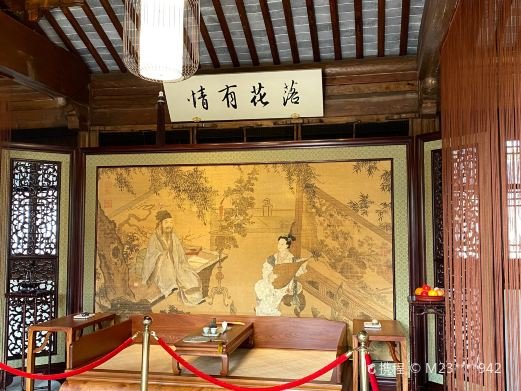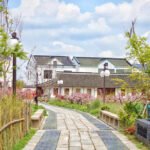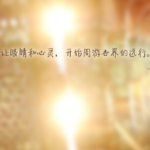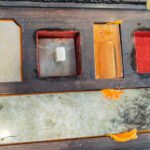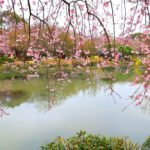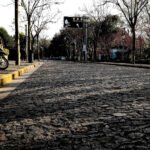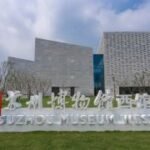Tang Yin (1470-1524), courtesy name Bohu and sobriquet Lay Buddhist of Six Likes, was from Suzhou. He was a painter in the Ming Dynasty and one of the ‘Four Masters of Wumen’. The site of Tang Yin’s former residence is Baohua Nunnery, also known as Wenchang Pavilion. In 1982, it was listed as a cultural relic protection unit in Suzhou. In 1505 of the Hongzhi era or in 1507 of the Zhengde era according to some accounts, Tang Yin chose a place in Taohuawu to build a residence and named it Peach Blossom Nunnery. According to records, there were structures such as Peach Blossom Nunnery, Dream Ink Pavilion, Xuepu Hall, and Butterfly Studio. In the early years of the Shunzhi era, Shen Mingsheng, a famous doctor, obtained this site and constructed Dream Ink Pavilion, Six Likes Pavilion, Peach Blossom Nunnery, Rongjing Pavilion, etc. At that time, people called it Tang Family Garden. During the Qianlong era, monks and Taoists rebuilt it into Baohua Nunnery. In the Guangxu era, it was changed into Wenchang Pavilion again. Currently, it has a building area of 511 square meters, facing south. Roughly, it can be divided into two groups of two rows of houses. The first row on the west road is a waterside pavilion built near the pool. It has five bays with a width of 15.4 meters and a depth of 9 meters. It has a hard mountain roof. Inside, there is a ship awning porch and round beam frames. The second row is a hall. On the east side of the waterside pavilion, there is the ‘Qinglian Bridge’, an ancient stone slab bridge in the Qing Dynasty, spanning the pool for access and exit. The opening hours depend on the specific business status on the day.
